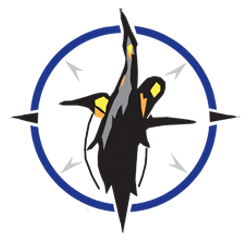Digital Portfolios enable secondary students to archive and showcase their work. New Polaris students should know that assignments are stored in Google Classroom for inclusion in their portfolios, which track growth and highlight both successes and challenges, accompanied by descriptions for context.
Portfolios are organized around several Global Learning Targets, varying by grade level, including:
- Depth of Knowledge: Mastery of core subjects and application to global issues.
- Career Readiness: Life skills for effective learning and citizenship.
- Civic Engagement and Service: Community involvement and volunteering.
- Communication and Collaboration: Effective communication and teamwork.
- Creative Process: Techniques for creating and reflecting on artistic work.
- Critical Reasoning: Analyzing and evaluating information.
- Information, Media, and Technology: Using technology for information management and media creation.
- Innovation and Problem Solving: Creative thinking and learning from failure.
- Leadership: Guiding others toward goals with strong character.
- Student Choice: Encouraging dialogue about additional competencies for portfolios.
This final target promotes collaboration and critical thinking in portfolio development.


